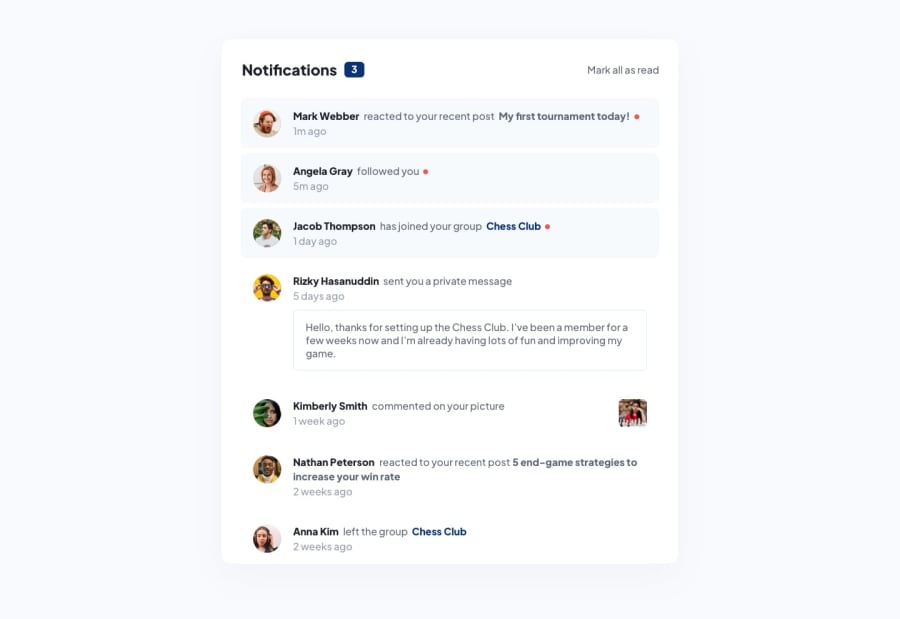
Design comparison
Solution retrospective
What I've learned from this challenge:
I have gained some insight about how typography works on the web.
For this challenge I choose to use both Static & Variable Font(s). By doing this I have learned the difference between them.
Static Fonts: Each width, weight, or style has it's own seperate font file, which requires multiple HTTP requests.
Variable Fonts: A single file which contains a typeface with a broad range of font variations, such as weights, widths, styles and optical sizes.
Reasons to use Variable Fonts:
- designer has a broad range of fonts variations to choose from
- supports CSS transition and animation
- easy & efficient incorporation for developer
- only one HTTP request, thus optimizes site performance
I am accustomed to make use of Google Fonts with the @import rule. With this rule you import a Google Fonts stylesheet into your stylesheet with an HTTP fetch request. This was my first time using the @font-face rule:
// Variable @font-face { font-family: "PlusJakartaSans-VariableFont"; src: url("../assets/fonts/PlusJakartaSans-VariableFont_wght.ttf"); font-weight: 100 1000; } // Static @font-face { font-family: "plusJakartaSans-Medium"; src: url("../assets/fonts/static/PlusJakartaSans-Medium.ttf"); }
With the @font-face rule you locally host your fonts. This allows you to download a particular font from your server, to render a webpage if the user hasn't got that font installed on the computer.
Fonts come in different file formats. The most common are:
- OTF = OpenType Font Format
- TTF = TrueType Font Format
- WOFF = Web Open Font Format
- WOFF2
This challenge included Fonts in TrueType Font Format.
Community feedback
Please log in to post a comment
Log in with GitHubJoin our Discord community
Join thousands of Frontend Mentor community members taking the challenges, sharing resources, helping each other, and chatting about all things front-end!
Join our Discord
